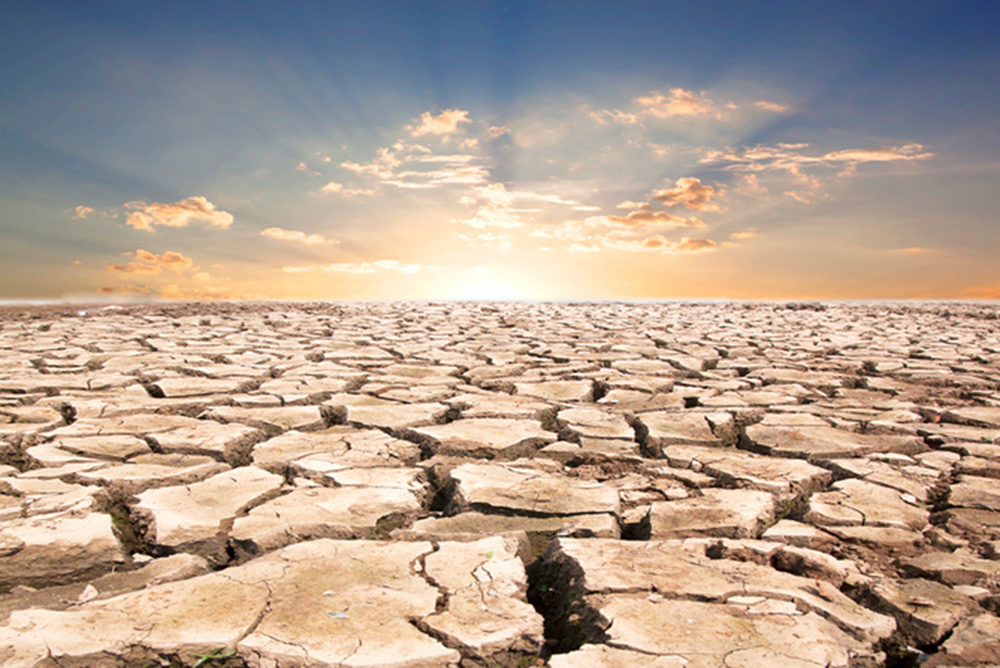
iStock
HUMID DAYS of summer can be deceptive. You feel puffed up with fluids but your clothes are damp with sweat. Since water comprises up to 75% of our body weight, it’s important to pay attention to hydration—but drinking more water is not always the answer.
In fact, even mild dehydration—also known as “heat illness” —can cause water retention, often noticeably in the legs, as well as feeling faint and cramping muscles. Although the body usually can reabsorb fluid from the blood as needed, when you’re dehydrated, the blood becomes more concentrated, which causes water retention in the kidneys as well as in tissues throughout the body.
Thicker blood makes the heart work harder to pump the blood, which can cause a rise in heart rate to maintain blood pressure. In addition, one of the body’s first cooling actions is increasing the heart rate to move blood and heat outward to the skin. An elevated heart rate can increase the risk of fainting, often accompanied by dizziness and nausea.
Sweating is another of the body’s cooling responses designed to prevent elevations in core temperature. But with age, the sweat glands respond more slowly, allowing core temperatures to rise and increasing recovery time. Also the body’s water concentration decreases with age, and the thirst response takes longer to activate.
Early signs of dehydration include dryer mouth and eyes, darker urine and feeling more tired and irritable. Bad breath can be a clue because dehydration reduces saliva, along with its bacteria-fighting abilities. Dehydration interferes with the body’s ability to regulate temperature, causing body temperature to rise or sometimes, paradoxically, to fall—causing chills. Quick tests include pushing one finger into skin on the arm or using two fingers to pull up skin on the hand—in both cases, skin should resume its original appearance in a few seconds.
When severe dehydration reduces fluid in the blood to the point where blood can no longer circulate to the organs, the most serious result is life-threatening shock —which requires medical attention. While shock usually occurs only in cases of severe diarrhea, it’s a reason to pay attention to the body in extreme heat.
Sweat contains more sodium than other electrolytes. Both dehydration and drinking too much plain water when dehydrated can cause hyponatremia—insufficient salt in the blood—which can trigger muscle cramping. Cramping is also caused by becoming overheated while exercising, as well as by overexertion of the calf muscles, insufficient warming up and magnesium and/or potassium deficiency.
In cases of severe dehydration risk, UNICEF and commercial rehydration packages include salt and carbohydrates—sometimes simply sugar—to mimic the normal composition of fluid in blood, which improves absorption.
To stave off dehydration ahead of time, alternatives include pre-cooling and heat acclimation. In a Scandinavian study of different cooling methods, 12 experienced male runners were tested on three separate occasions: first after drinking a room-temperature sweetened beverage, then after a sweetened “slushy” (icy) drink and finally after cooling their skin by draping cold towels around their necks, immersing their arms in cold water and wearing underwear filled with ice packs. The athletes performed better after both the slushy drinks and skin cooling than after a room-temperature drink—but the effects of core cooling with the slushy drink wore off faster than the effects of skin cooling.
A different study, at the Environmental Extremes Laboratory in Brighton, England, tested nine recreational runners doing a simulated 5K race four times at top speed in a 90-degree heated room: first with no preparation; then after pre-cooling with frozen underwear and a chilling arm plunge, plus a cooling vest; next, after formal acclimation—cycling for 90 minutes in 99-degree heat for five consecutive days; and finally, after both pre-cooling and acclimation. Acclimation made the biggest difference in subsequent running times; adding pre-cooling provided little additional gain.
Because overheating alters many bodily functions, including efficient production and use of energy, many athletes use cooling vests to reduce excess heat while exercising. In one study, however, core cooling did not increase any more for the group wearing a cooling vest than it did for those who simply sat in the shade ahead of time—the only difference for the former was cooler skin and a feeling of coolness. Also, cooling vests and underwear come with the risk that reducing perceptions of body heat can mask rising core temperatures—making heat-induced illness more likely.
But for most people, overheating occurs without warning (and preparation). In that case an easy option is salt pills or salty chews (though people with high blood pressure should be careful). “Saltstick Fastchews,” tasting something like sweet tarts, include four electrolytes and promise to “reduce heat stress and muscle cramping.” Whatever the individual response to a hot day—sweating profusely, experiencing leg cramping or feeling a little nauseated—these chewy treats, along with cool, watery drinks, seem to help many people feel a little better.
—Mary Carpenter
Well-Being Editor Mary Carpenter writes about how to stay healthy both physically and mentally.
